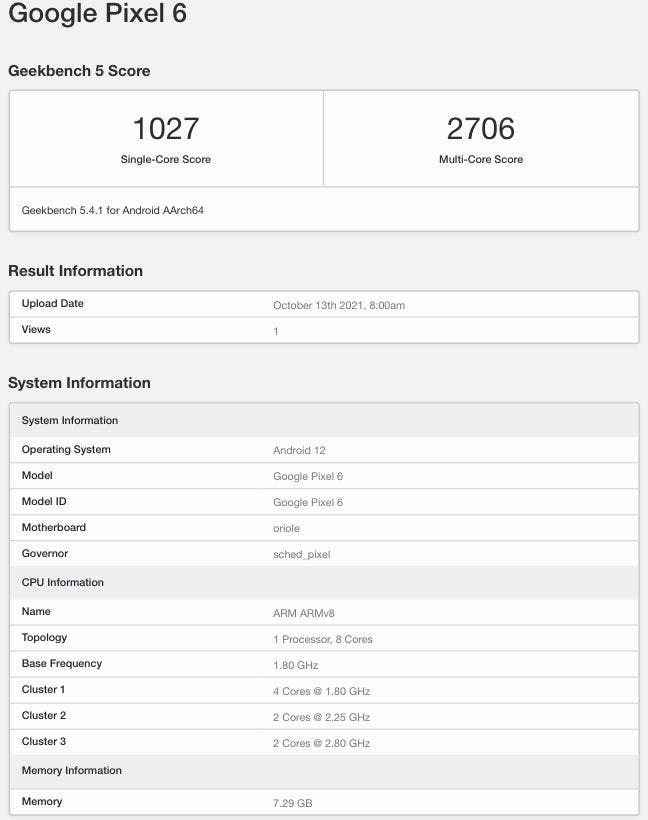
With Google set to release the Pixel smartphone next week, curious individuals have taken to the Google community forums to have pressing concerns answered. From all the conversation, we have gathered a few interesting nuggets not included in the press announcement.
First off, the focal length of the Pixel camera rear lens will be 28mm essentially matching the Nexus 6 and iPhone 7’s primary camera lens.
Google Pixel’s free and unlimited cloud storage solution, dubbed smart storage, will last for the lifetime of the Pixel handset; this will ease the minds of those already burned by companies changing the rules on cloud services mid-offer. However, it’s worth noting that smart storage will only be tied to the photos and video captured using the Pixel camera itself.
A Google representative also revealed why the Pixel uses electronic image stabilisation (EIS) instead of optical image stabilisation (OIS) despite many high-end smartphones opting for the latter. “OIS is primarily for photo, and EIS is only for video,” says IsaacOnCamera. The inclusion of an OIS module will reduce low-light photography handshake but also increase the bulk of the phone so that, “it would be harder to produce the slim/small device that Pixel is. ”
/Isaac Reynolds
Still, the Pixel phone is a strong low-light performer and is said to outclass other cameras using OIS modules through clever software algorithms such as HDR+. Much like Apple, with its Bokeh algorithm, the main focus for Google is on creating a smarter camera by faking traditional optics.
“With software algorithms instead of OIS hardware, Pixel can get better and better over time. . . And that's what really matters -- better pictures, not how Pixel does it. ”
True enough, the Pixel photos released by Google reveal the postcard pretty colours and dynamic range the smartphone is capable pulling off.
Title photo taken with Google Pixel via Isaac Reynolds
. digitalrev.com2016-10-12 03:00















